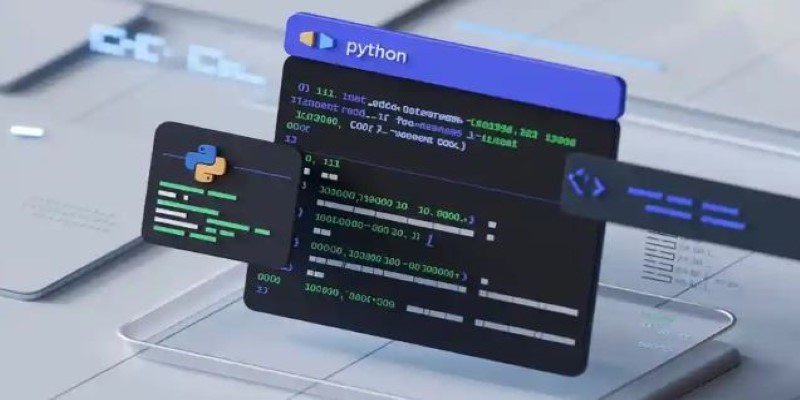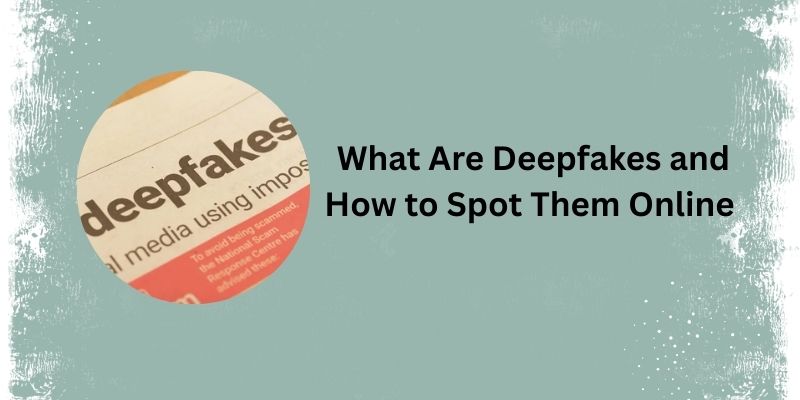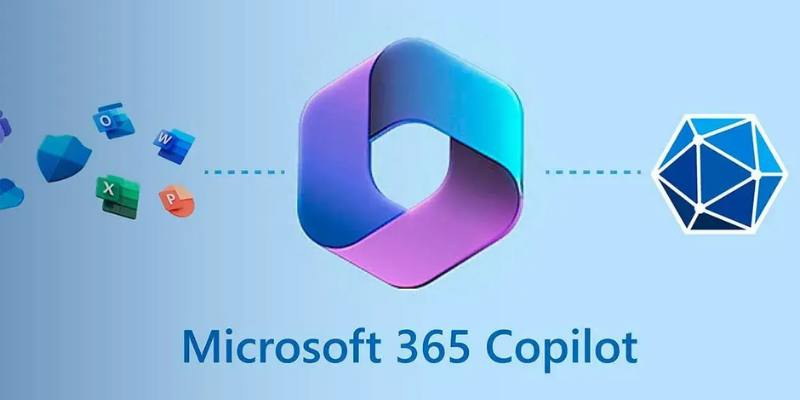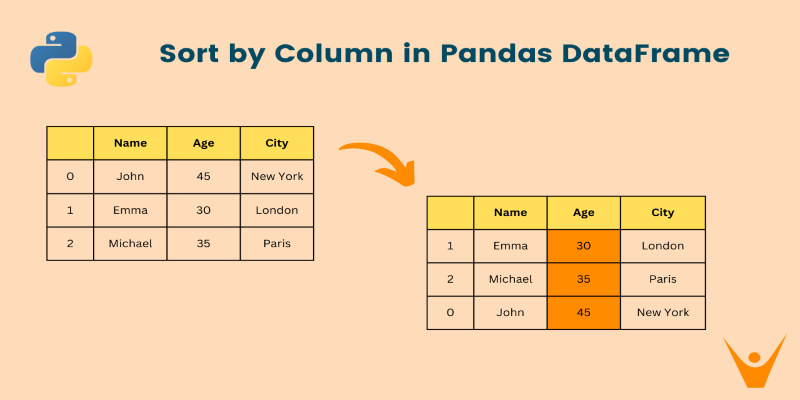Advertisement
Box has announced its integration with Google Cloud's Vertex AI platform in a historic cooperation spanning strong artificial intelligence with business content management. This strategic cooperation aims to affect companies' value extraction from mass-oriented documentation, evaluation, and strategy based on their policies. The new connection lets businesses automatically gather data, simplify processes, and get unheard-ofly useful actionable insights.
Not only offers technological development but also impacts how companies handle document intelligence via the cooperation of Box and Vertex AI. Smart, automated text processing is becoming more relevant everywhere, from legal domains to healthcare and financial services. Including creative machine learning into Box's secure cloud content management system will help businesses' information management to be updated and simplified.

Understanding the technologies involved helps one correctly assess this integration's relevance. Established cloud content management solution Box is well-known for its enterprise-grade compliance features, secure file storage, and collaborative capabilities. Nowadays, companies trying to centralize and secure digital data processing turn to this solution first.
Conversely, Google Cloud's Vertex AI single machine learning tool lets companies increase their capacity for using ML models and training. Vertex AI enables developers and data scientists to quickly and effectively apply intelligent automation to production environments through technologies like AutoML, tailored model training, and deep interaction with Google's AI infrastructure. Combining these characteristics, Box and Vertex AI are building a strong ecosystem wherein document information is no longer stationary but dynamic and perceptive.
Among the most amazing results of this mix is automatic information extraction. Manual labeling and categorizing, time-consuming and error-prone tasks, are basic components of traditional document management. The natural language processing capabilities of Vertex AI enable documents entered into Box to be automatically read, evaluated, and labeled with contextually relevant data.
For example, when a legal contract is submitted, the system may automatically find important components such as names of parties involved, effective dates, renewal periods, and jurisdiction data. This improves lifecycle management, compliance audits, and searchability, in addition to accelerating document indexing. More intelligent metadata-driven document systems let users quickly and confidently locate and act upon their needs.
Procedures generate most of the output in enterprises. By employing artificial intelligence to decide actions depending on the content and context of documents, Box with Vertex AI opens new possibilities in process automation. This suggests that relevant documentation entered into Box may immediately start or advance systems like invoice approvals, client onboarding, and compliance reporting.
Consider the approach of invasions. When an invoice is issued, the artificial intelligence might automatically transmit the vendor name, due date, amount, and line items to the appropriate department for clearance. This speeds processing times lowers manual input, and causes human error to lessen. The outcome is a more nimble company that allows strategic decisions more time than it does daily chores.
Maintaining compliance in a convoluted legal environment is a difficult task for businesses. Combining Box's capability with Vertex AI solves this by automatically managing controlled or sensitive data. The system may indicate papers needing particular handling or storage guidelines using artificial intelligence models educated to recognize personally identifiable information (PII), payment data, and other sensitive material.
Businesses may also design tailored rules that automatically apply retention durations or categorization labels depending on the found data. Though it simplifies audits and compliance checks, this proactive government lowers the chance of data breaches and regulatory fines. Content management becomes, therefore, a strategic tool for risk control.
Every day, global companies handle multilingual data. Strong language support of Vertex AI guarantees that this integration goes beyond English-language resources. Companies running businesses in areas with different linguistic requirements—such as Europe, Latin America, or Asia-Pacific—can depend on AI to precisely assess and grasp texts in several languages.
Globally well-known firms depend on this multilingual capacity. Contracts in French, invoices in Mandarin, and HR records in Spanish—the Box-Vertex AI connection provides uniform metadata extraction and content intelligence across countries. This consistency in document processing guarantees local data rules are followed and enhances worldwide operations.
The connection should fit very nicely with contemporary business IT systems. Box connects easily with well-known technologies such as Salesforce, Microsoft 365, Slack, and ServiceNow. Vertex AI's increased data processing capability increases the value of these collaborations.
For instance, data from a Box document may automatically fill fields in a Salesforce record, therefore arming customer care agents with current, context-rich data. Likewise, depending on document insights, ServiceNow's automated tasks created by workflow tools might improve response times and service quality by themselves. This integrated ecosystem guarantees that knowledge obtained from documents flows organically across the company, enhancing cooperation and decision-making.
Box with Vertex AI suggests a wider trend towards AI-powered document intelligence, not a one-time event release. Semantic search, predictive analytics, and real-time anomaly detection must become common content management systems traits as machine learning models progress.
Moreover, the need for intelligent content services will only increase as more companies embrace hybrid and remote working models. Investing in artificial intelligence-driven solutions lets companies govern the digital economy, where speed, accuracy, and content-handling intelligence define competitive advantage. This integration marks significant progress in turning unorganized data into orderly, useful information.

Box's connections with Google Vertex AI cause document management to evolve in a sea shift. For businesses, combining the intelligence and scalability of Vertex AI with the safe, cooperative qualities of Box offers a next-generation solution. Using automatic information extraction, more intelligent processes, improved compliance, and multilingual support, this collaboration allows companies to maximize their content.
Tools enabling companies to locate, assess, and act on their data are important when information overload is the norm. Integration of Box-Vertex AI calls for transformation as much as automation. It challenges businesses to reconsider what is realistic with their documentation and welcomes a day when the material is not just under control but also understood.
Advertisement

Explore how developers utilize the OpenAI GPT Store to build, share, and showcase their powerful custom GPT-based apps.

Explore Pega GenAI Blueprint's top features, practical uses, and benefits for smarter business automation and efficiency.

Learn how to concatenate two or more DataFrames in pandas using concat(), append(), and keys. Covers row-wise, column-wise joins, index handling, and best practices

Discover different methods to check if an element exists in a list in Python. From simple techniques like using in to more advanced methods like binary search, explore all the ways to efficiently check membership in a Python list

Master the Python list insert() method with this easy-to-follow guide. Learn how to insert element in list at specific positions using simple examples

Understand deepfakes, their impact, the creation process, and simple tips to identify and avoid falling for fake media.

Learn 10 clean and effective ways to iterate over a list in Python. From simple loops to advanced tools like zip, map, and deque, this guide shows you all the options

Discover how to install and set up Copilot for Microsoft 365 easily with our step-by-step guide for faster productivity.

Discover top industries for AI contact centers—healthcare, banking fraud detection, retail, and a few others.

Want to organize your pandas DataFrame without confusion? This guide shows clear, practical ways to sort by values, index, custom logic, or within groups

Learn how to use matplotlib.pyplot.subplots() in Python to build structured layouts with multiple charts. A clear guide for creating and customizing Python plots in one figure

Learn how to connect Kafka to MongoDB and build a simple, reliable data pipeline that moves real-time messages into a NoSQL database efficient-ly